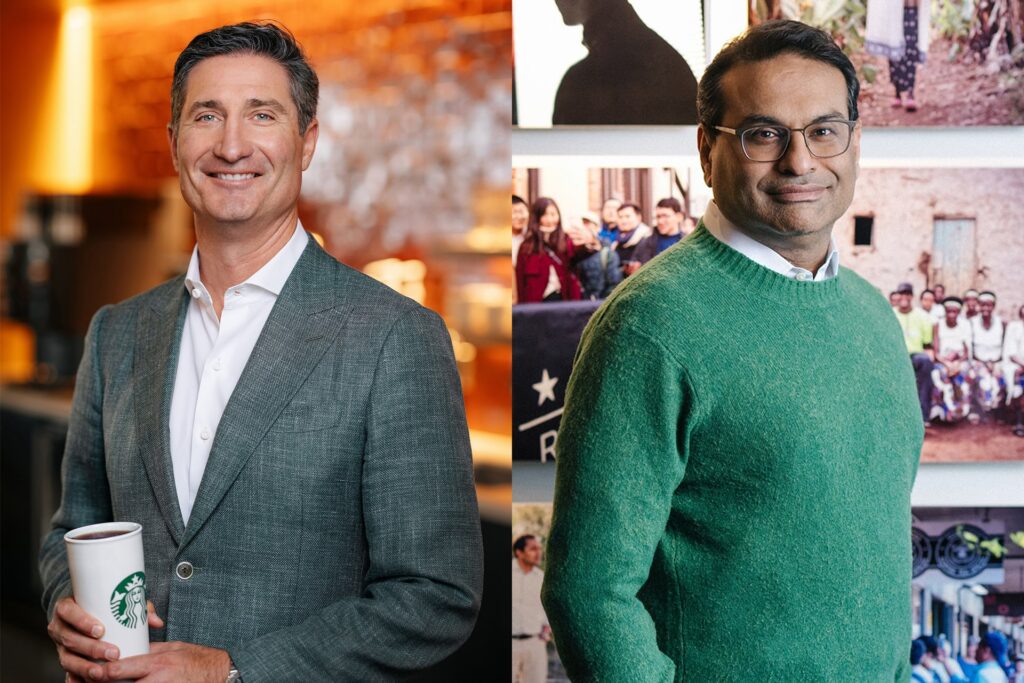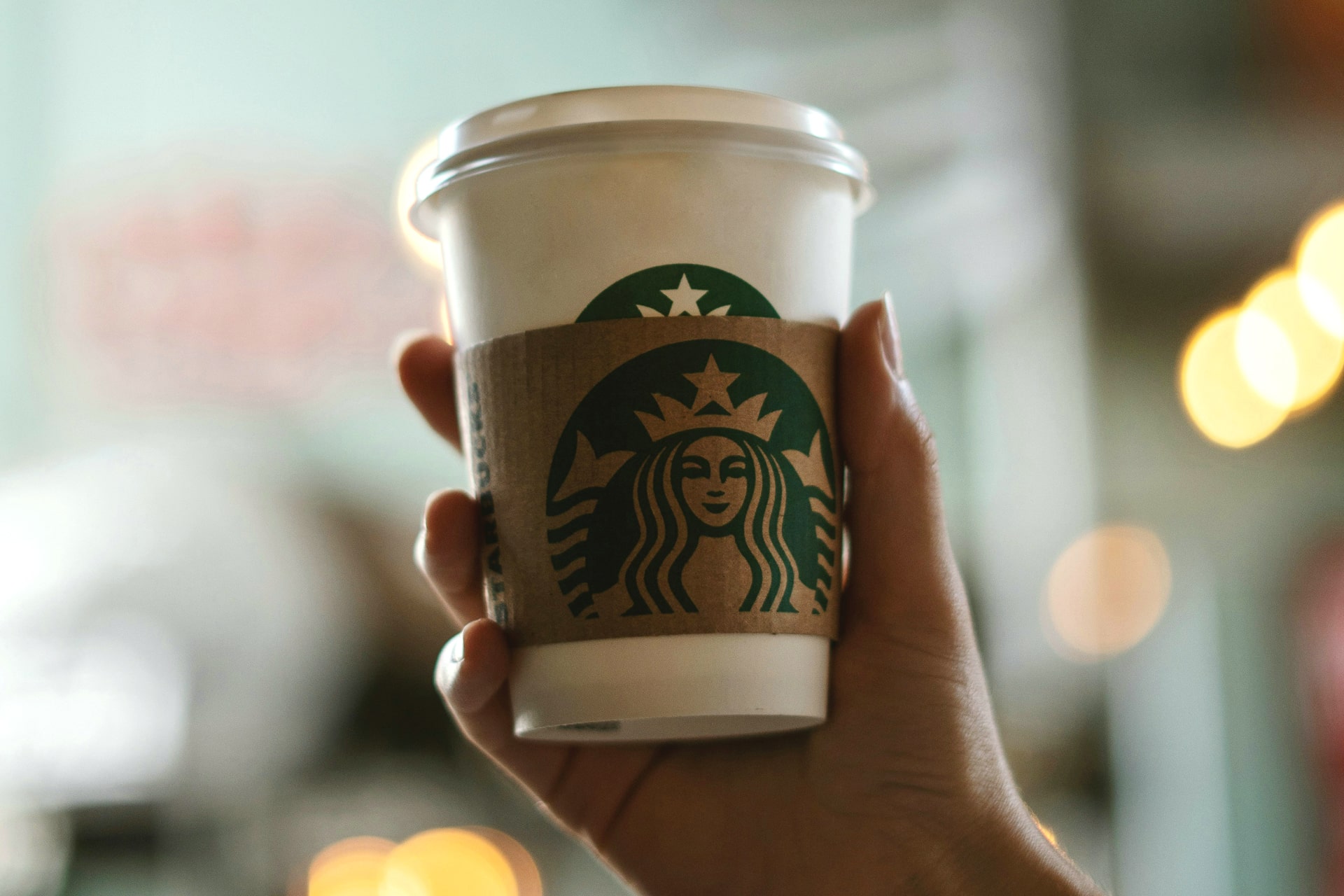As October drew to a close, Starbucks released a preliminary snapshot of its recent earnings—a report marked by underperformance.
Several key metrics missed the mark: fourth-quarter net revenue was USD 9.1 billion, a 3% decline year-on-year, while same-store sales fell 7%. This marks the third consecutive quarter of global decline for the coffee giant.
The revenue slump pointed directly to North America, Starbucks’ core market, which accounts for about 70% of its business. In the US, average check sizes rose 4%, but foot traffic lagged, with same-store transactions dropping 10%—driving a 6% decrease in sales compared to 2023.
Starbucks’ second largest market, China, fared little better. In the last quarter, average transaction values dropped 8%, while same-store transactions fell 6%, resulting in a significant 14% decline in same-store sales.
Amid the dual challenge of a new CEO transition and these revenue setbacks, Starbucks has paused its fiscal 2025 guidance. With the release of its full earnings report, many seemed more focused on the new CEO’s initial moves than on the numbers themselves.

In his first earnings call, Starbucks’ chairman and CEO Brian Niccol laid out plans to rethink the brand’s direction. Niccol is targeting a more streamlined menu, cutting discounts, introducing innovation at a slower but steadier pace, and reducing new store openings in the next fiscal year. The idea? Free up resources for a strategic reset.
Niccol’s no stranger to simplification. During his time as Chipotle’s CEO, he applied similar methods: no breakfast menu, no “buy one, get one free” deals—instead emphasizing quality through the “For Real” campaign.
Reports suggest that, since August, when Niccol took the helm, Starbucks has been quietly winding down its reliance on relentless discounts. It’s a strategy shift that comes with some uncomfortable truths—promotions like “buy one, get one” and half-off deals failed to bring a significant uptick in store traffic, as the numbers tell.
In Niccol’s core directive, Starbucks managers were told to enhance the in-store experience and adjust products to boost repeat purchases, rather than rely on discounts to increase frequency. According to reporting from Huxiu, this change in pricing strategy won’t impact Starbucks’ business approach in China.
In China, Starbucks’ promotional tactics remain mostly the same. Deals are still available on platforms like Dianping, Meituan, and Douyin, and its mini program features offers like “two grande drinks for RMB 45.9 (USD 6.4)” or “three for RMB 55.9 (USD 7.8)” after 4 p.m. While these offers may be toned down compared to last year’s more aggressive discounts, Starbucks has broadened its delivery options, including a new “two grande drinks for RMB 49.9 (USD 7)” package.
Despite these efforts, Starbucks has struggled to connect with younger consumers. While previous prices of RMB 30–40 (USD 4.2–5.6) per drink deterred many, even the recent RMB 19-per-cup deals aren’t winning them over.
One reason? Competition. While Luckin Coffee and Cotti Coffee’s price wars have settled, their affordable, versatile offerings remain attractive. “Luckin’s coffee is RMB 17–19 (USD 2.4–2.7) with endless choices, while Starbucks’ discount offerings only have a handful of options—it’s a mismatch,” one consumer said.
Coincidentally, Starbucks and Luckin released their earnings at the same time. Luckin’s third-quarter revenue hit RMB 10.2 billion (USD 1.4 billion), up 41% from the previous year, with net profit surging 32% to RMB 1.3 billion (USD 182 million). Starbucks’ fourth-quarter revenue in China reached USD 780 million, a 6% increase from the prior quarter.
In expansion, the two are leagues apart. Luckin opened 1,382 stores in Q3 alone—a 7% increase—reaching 21,343 stores in total, while Starbucks added 290 stores in Q4, bringing its China total to 7,596.
Starbucks’ struggles with same-store sales mirror a similar trend at Luckin, whose comparable sales dropped by 13% at self-operated stores. Yet, by sheer numbers, Starbucks is now trailing Luckin.
Starbucks’ attempt at a low-price strategy hasn’t hit the mark as anticipated. Luckin Coffee has dominated the morning coffee scene, while the afternoon market for milk tea is shared between brands like Chagee and Heytea. Starbucks has been slower on the uptake. For example, while Luckin’s “Qingqing Moli” milk tea reached 44 million sales in its debut month, Starbucks only recently introduced a similar milk tea product to its lineup.
To win back younger consumers in China, Starbucks has been ramping up its product launches, layering trendy elements into its lineup. The Q4 report reveals that Starbucks rolled out 22 new drinks in China. Yet, some recent items, like the pomelo Tieguanyin latte and persimmon frappuccino, have received mixed feedback on platforms like Xiaohongshu, with young consumers critiquing them as “too sweet.”
In marketing, Starbucks has taken a more relatable approach, venturing into the short-form drama space. In September, it launched I Opened a Starbucks in Ancient Times, which reportedly attracted over 170 million views and over a million interactions.
Sources close to Starbucks told 36Kr that the minidrama preserved the brand’s values, focusing on quality coffee, attentive service, and a sense of partnership. To connect locally, the storyline incorporated traditional Chinese themes and a touch of romance. In one scene, the male lead confesses his feelings by making a caramel macchiato for the female lead—a symbol of sweetness from the heart.
Starbucks has spent 25 years growing in China, propelled not just by products or promotions but by the concept of a “third space.” This may explain why Niccol is doubling down on Starbucks’ identity as a community hub. Rather than battling on unfamiliar ground with aggressive discounts and endless product options, Starbucks may find it wiser to shore up its original strengths.
In a twist, a day before Luckin’s earnings release, reports surfaced that the Chinese coffee giant is planning an entry into the US market next year, with adjustments underway in supply chain and technology.
Luckin aims to target US cities with high populations of Chinese students and tourists, leveraging its affordable coffee experience from China. Plans are reportedly in place to offer coffee at USD 2–3, undercutting US rivals, and the company has been airing ads during NBA games to build recognition ahead of the launch.
In an open letter to customers, partners, and stakeholders during his first week, Niccol reaffirmed Starbucks’ commitment to its roots, pledging to focus on four areas: empowering baristas, caring for customers, seizing each morning, reinforcing Starbucks as a community coffeehouse, and telling the Starbucks story.
Returning to basics may be a noble pursuit, but the immediate challenge remains: Starbucks will soon face its largest competitor from China, right on its home turf.
KrASIA Connection features translated and adapted content that was originally published by 36Kr. This article was written by Li Xiaoxia for 36Kr.

